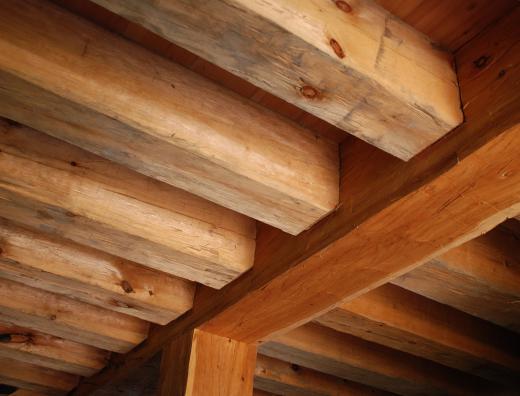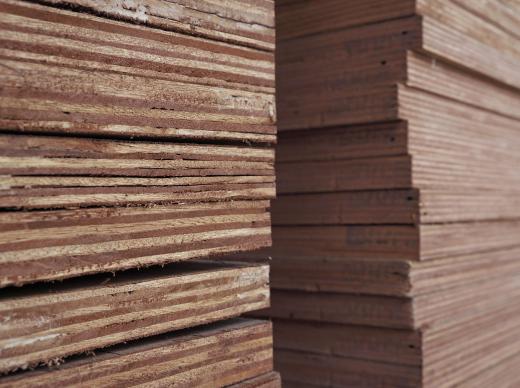A subfloor is a type of construction that is used in many different types of residential and commercial buildings. As the name implies, a subfloor is an additional layer of flooring that is placed directly on the floor joists, then covered with a second layer that serves as the visible floor in the structure. The use of this type of flooring construction helps to add stability to the floor as well as improve the chances of the flooring remaining level over the long-term.
A number of different materials can be used to create a subfloor. One of the most common is the use of plywood sheeting. The plywood subfloor is attached to the floor joists, typically with nails. At times, wood glue may also be used to position the plywood sheets. Once in place, the plywood is covered over with an additional layer of some type of flooring, which may or may not be some type of wood product. After the top layer is in place, the floor can be covered with carpeting or tile. If the top floor is some type of hard wood, the builder may choose to sand, finish and seal the top layer, allowing the natural beauty of the wood to add character and visual appeal to the room.

It is also possible to use concrete to create a subfloor. This approach is very common in basements and bathrooms. Here, the idea is to use the concrete to create a stable base for the flooring, then cover it with stable materials before adding any decorative touches. For example, a bathroom subfloor may provide the foundation for adding a second layer of concrete that in turn provides the means for securing tiles to the top layer of flooring. The basement subfloor may provide support for a layer of wood that is either left exposed, painted, or covered over with carpeting.

There are two main advantages associated with the subfloor. One has to do with making sure the floor remains stable over a number of years. The presence of the floor helps to spread the stress on floor joists more evenly, which in turn helps to slow the deterioration of those joists. A second benefit of this type of flooring strategy is that the potential for sections of the floor to shift and slope over the years is reduced. While the installation of a subfloor does add some expense to the cost of the building project, that expense is easily justified by the years of enjoying a floor that remains level and strong even with constant use.

